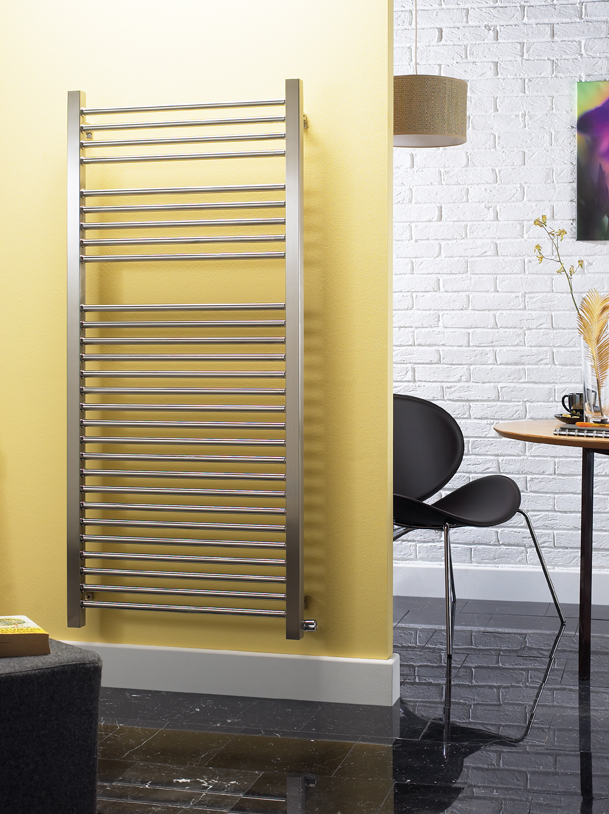Radiator Sizes

Radiators are a great appliance to heat a room that has no fireplace or central heating. But they must be sized properly for the most efficient energy use. If your radiator is too small, it cannot keep a room’s occupants warm. If it's too big, it will cycle on and off more frequently, and this will use up more energy.
How to measure a radiator for rooms
There are so many radiator sizes. But how will you know that it will be the perfect size for your home?Here is a quick, basic guide on how to measure a radiator.
Before we start, you will need a Tape Measure.
- Measure the length, width, and height of your room in feet. Multiply all three values and you will get the cubic footage of the space. For example, if you have a room that measures 12 feet long by 10 feet wide by 7 feet high, multiplying 12 by 10 by 7 produces 840 cubic feet. (12 x 10 x 7)
- Multiply the result by 5 for a radiator in living and dining rooms, 4 for bedrooms, or 3 for kitchens and other areas of the home. For example, multiplying the 840 cubic feet from the bedroom by 3 produces 2,520.
- Add 15 percent to the result if the room faces north. If it has French doors, add 20 percent and if it has double-glazed windows, subtract 10 percent. For example, because the bedroom for the radiator faces north, you add 15 percent to 2,520 to produce 2,898, which is the number of BTUs or British Thermal Units that your radiator must produce per hour to adequately heat the room.
- Convert your BTU calculation to watts because the specs of most radiators list their heating power in watts by dividing the number of BTUs by 3.41. For example, if you divide 2,898 BTUs by 3.41, the result is about 850 watts. You need an 850-watt radiator to produce the 2,898 BTUs per hour needed by the 12-by-10-by-7 foot room used in the example.
You can also use an online calculator to help you figure out your heat need for your convenience. Here is a Radiator Heat Output Calculator you can use.
For more reference, you can read this post to have a graphic understanding.
